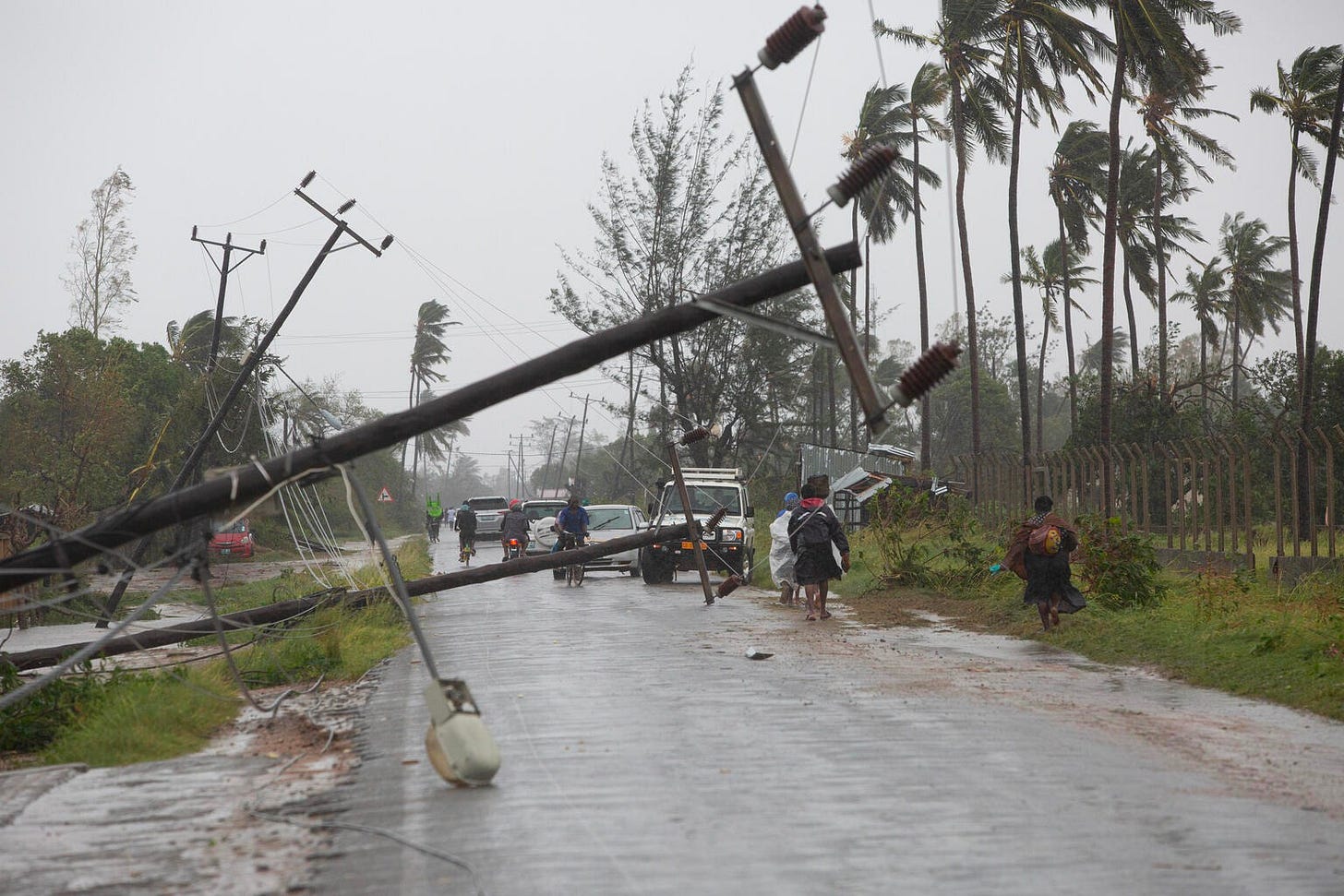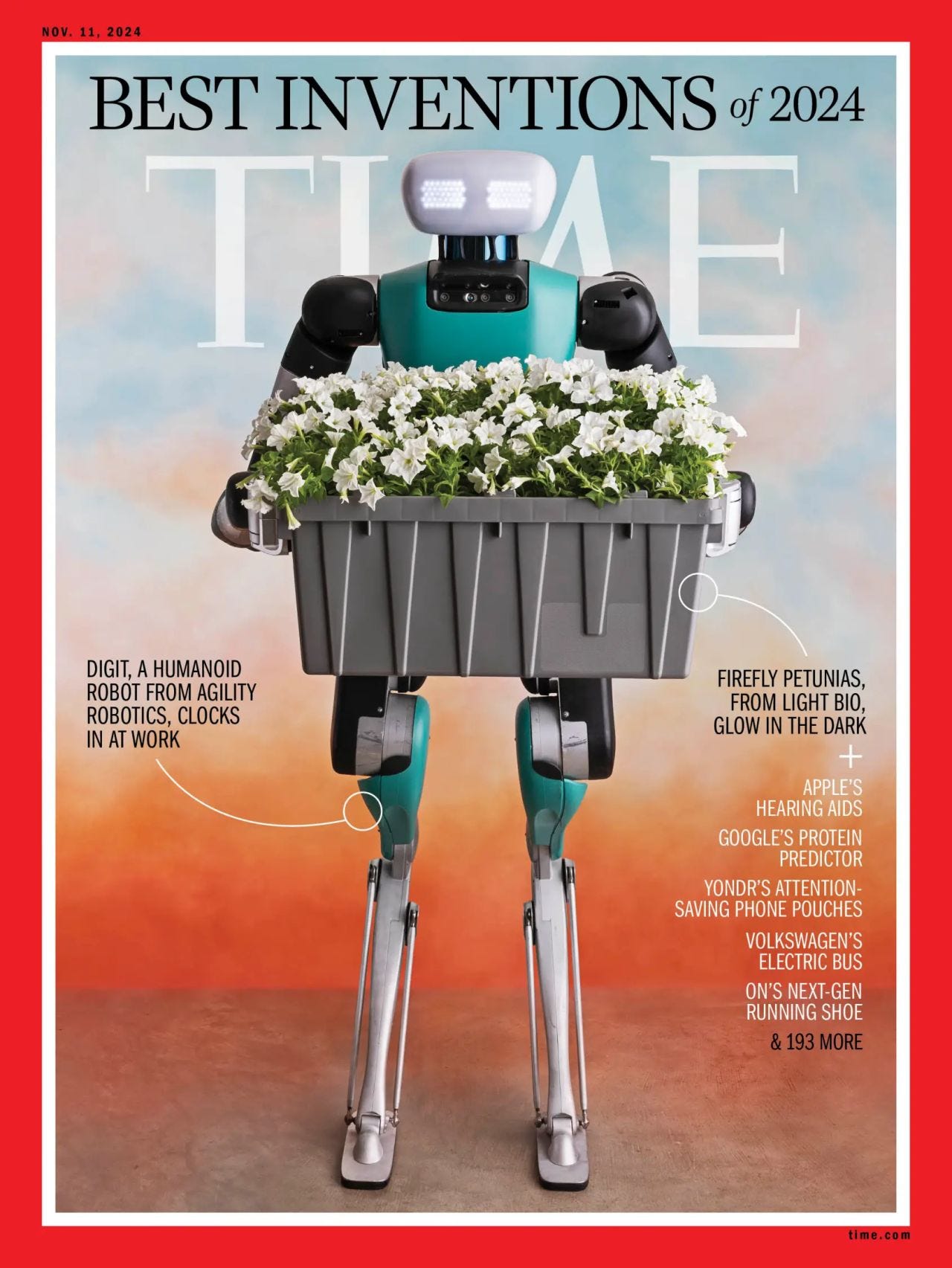
When Donald Trump was last President, ChatGPT had not yet been launched. Now, as he prepares to return to the White House after defeating Kamala Harris in the 2024 election, the artificial intelligence landscape looks rather different. AI systems are advancing so rapidly that some leading executives of AI companies, such as Anthropic CEO Dario Amodei and Elon Musk, believe AI systems generally smarter than humans may be developed as soon as 2026. If they’re right, AI could have far reaching implications for national security, the economy, and the global balance of power during Trump’s presidential term.
As I reported on in July, Trump will likely repeal sweeping Biden’s Executive Order on AI. But what replaces it (or whether it is replaced) is unclear. Even Trump’s closest allies are divided on how to govern the technology: Musk has long voiced concerns about AI’s existential risks, while J.D. Vance, Trump's Vice President, sees such warnings from industry as a ploy to usher regulations that would “entrench the tech incumbents.” These divisions among Trump's confidants hint at the competing pressures that will shape AI policy during Trump’s second term.
You can read more in Tharin Pillay and I’s latest piece for TIME. Spoiler alert: we spoke to a lot of interesting people, including Musk’s adviser on safety at xAI.
How AI Is Reducing The Toll of Natural Disasters
This past week, I’ve been following the tragic news about Spain’s deadly floods. But on a timely and slightly more optimistic note, on Tuesday, a new U.N. initiative met in Barcelona to discuss ways AI could reduce the toll of natural disasters.
The number of people living in urban areas has tripled in the last 50 years, meaning when a major natural disaster such as an earthquake strikes a city, more lives are in danger. Meanwhile, the strength and frequency of extreme weather events has increased—a trend set to continue as the climate warms. But despite the growing risks, the number of people killed in natural disasters has massively declined—thanks to improvements in infrastructure and technology. And there’s hope a new generation of AI-enhanced earthquake monitoring and climate forecasting systems could take that progress further.
I spoke to the chair of the new U.N. initiative and the leaders of some of AI-resiliance startups for a recent piece for TIME.
AI Tools I Actually Use As A Journalist
People often ask me which AI tools I use in my day-to-day as a reporter. I have more to say on this topic, but for now, I had the chance to write about two tools I’ve been using recently.
The first is Google’s NotebookLM, which I use for everything from helping sought through interview transcripts, to helping rediscover past articles I’ve read that are newly relevant for a story. I spoke to Steven Johnson, the mind behind NotebookLM. Johnson does not come from a technical background. He’s a bestselling nonfiction author. Perhaps that is why NotebookLM feels so well-suited to writers.
The second is Facticity, an AI-powered fact-checker that works surprisingly well. Does it replace the need for human fact-checking? No. But it does help speed up the process.
What AI tools do you use to help facilitate your writing process? Let me know!





